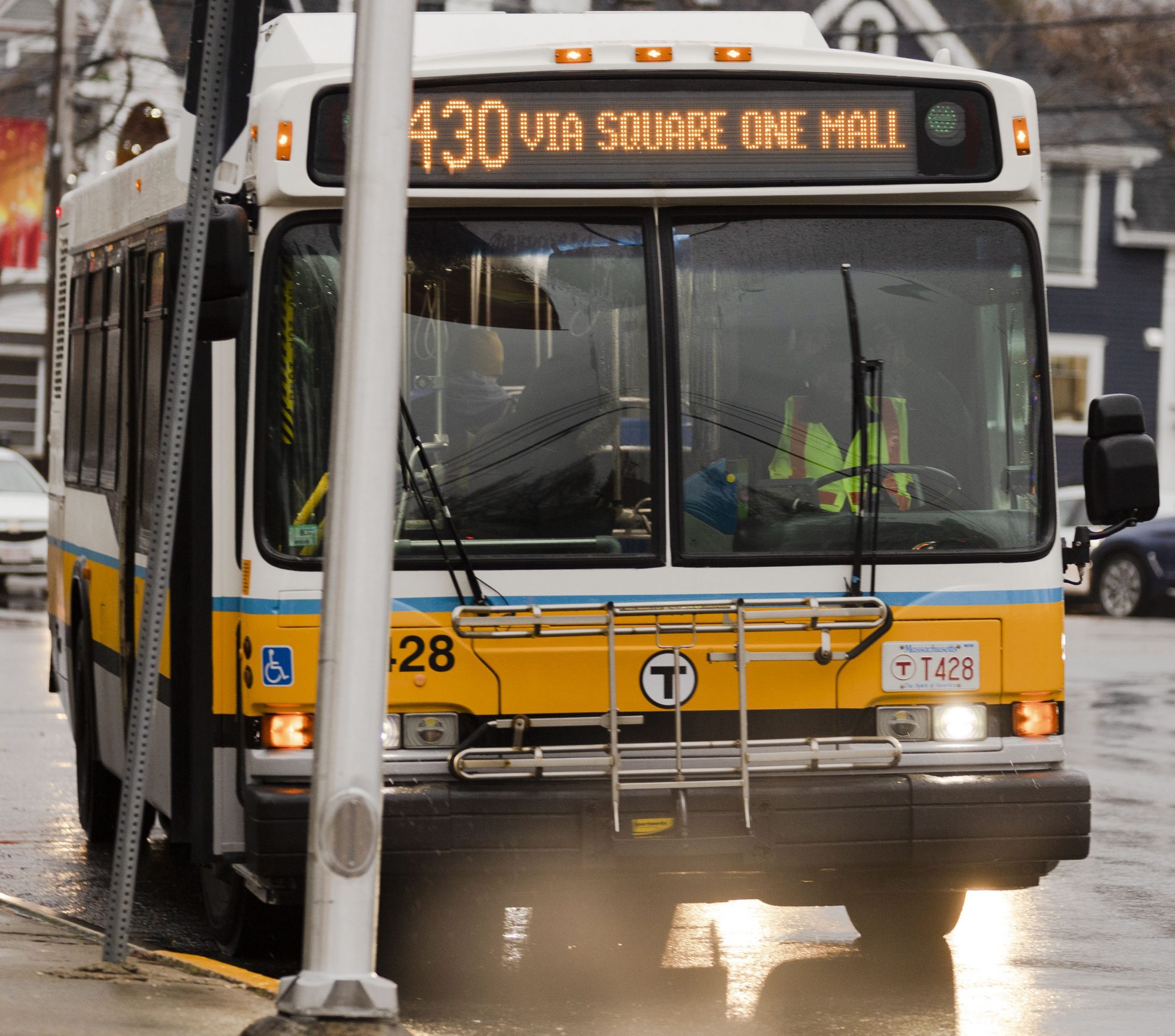The town’s housing authority is facing a nearly 11 percent cut to its budget — a result of the town’s failure to file an action plan with the Department of Housing and Community Development (DHCD), explaining how it would come into compliance with the state’s multifamily housing requirement for MBTA communities.
Saugus is subject to the requirement because it sits adjacent to a community, Lynn, that is home to a commuter rail station. The town is also served by Massachusetts Bay Transportation Authority buses. As a result, the town has to implement a “zoning ordinance or by-law that provides for at least 1 district of reasonable size in which multi-family housing is permitted as of right,” according to the state.
All that’s required to come into compliance with the law, for the time being, is filing an action plan by the end of January.
In September, DHCD issued a letter to the eight cities and towns out of compliance with the requirement at the time, warning that they are not eligible for funds from the House Choice Initiative, the Local Capital Projects Fund, or the MassWorks Infrastructure Program.
The Capital Projects Fund, in Fiscal Year 2023, comprises 10.63 percent of the public housing operating account that local housing authorities rely on. In Saugus’s case, that means that roughly $100,000 could vanish.
Laura Glynn, the director of the town’s housing authority, said it was her belief that the state was “overstepping” in docking funds from housing authorities. If the cut were to go through, it would “certainly have an impact” on the day to day operations of the housing authority.
Housing authorities, Glynn said, serve “the most needy people in society,” providing public housing with rents as low as $450 a month for those with low incomes and those relying on social security. Glynn said she felt as though DHCD was treating those people like “targets.”
“It will have an impact and it’s a shame that they’ve decided to have an impact on the people that they are supposed to help,” Glynn said, adding that “housing authorities don’t have any control over what towns or cities do.”
“I feel the housing authorities on this list are being unfairly punished, it’s literally out of our control,” she added.
Town Manager Scott Crabtree echoed Glynn, noting that the authority was a separate entity from the town. He said the state punishing the housing authority would be “counterintuitive.”
Crabtree said the town was working to come into compliance with the requirement, but expressed disappointment that Saugus had its hands tied, and said he and his staff were working to make sure the action plan the town submits to DHCD would be one residents can “live with.”
“For a community like us that has been extremely proactive at doing this and producing housing. We’re now looking at the way this is set up, it would actually make us react negatively inversely by creating more density requirements so that we would reduce, we’re not going to have overflow of housing and development,” he said. “If you talk to residents in the community and around town, people are concerned about the amount of development and the amount of traffic and the impact of that.”
Saugus has long been concerned about development and the result it could have on neighborhoods.
Earlier this year, Town Meeting members voted to cap the height of all new buildings in town. The Board of Selectmen in October forcefully rejected a proposal from Commonwealth Care Alliance to open a health-care facility on Walnut Street. And, residents, at a public forum in November, expressed concern that vacant school buildings would be sold and turned into apartment buildings, only for the Selectmen to say there was “no appetite” for that.
In recent years, Crabtree said, the town has sought to attract “smart, mixed-use development,” at the encouragement of state officials. Now, he said, the new requirements represent a sort of moving of the goal posts.
“The town’s goal is and has been to attract smart, sustainable, mixed use development and obviously we’re looking at what’s needed and being able to use the highest and best use that would generate significant annual revenues that allows the town to be financially sustainable with full services for the residents,” he said. “But with that … the goal is to find those developments with the least amount of impact to the residents and to the community and that includes infrastructure issues that we’d have to deal with … how it impacts the schools and traffic, roadways, police fire, medical services, water and sewer. ”
Crabtree has repeatedly stressed the lack of open space in Saugus is a challenge when it comes to infrastructure projects and the development of areas of the town. He said the new requirements might prove challenging for a town that has allowed a number of development projects in recent years, citing the Avalon Apartments, the 860 Broadway project, and the Toll Brothers project.
“Saugus is in a place where we’ve developed and we’ve looked at production of new housing along with a housing production plan, and now to be thrown some sort of requirement that says, you have to do more … [is a challenge],” Crabtree said.

